When it comes to digital pianos that closely emulate the acoustic grand experience, Yamaha’s Clavinova series has long set the standard praised by professionals, educators, and students alike. With the introduction of the Yamaha CLP-875, that benchmark has been elevated even further. At the heart of this evolution is Yamaha’s cutting-edge VRM (Virtual Resonance Modeling) technology, which brings an unprecedented level of realism and responsiveness to digital piano sound.
But what exactly is VRM? How does it work? Why does it make such a dramatic difference in Yamaha‘s CLP-875 and more importantly, how will it transform your playing experience?

What Is VRM (Virtual Resonance Modeling)?
VRM, or Virtual Resonance Modeling, is Yamaha’s proprietary sound modeling technology designed to recreate the organic, complex interactions found in a real grand piano. VRM was designed in collaboration with the team that creates their acoustic grands, to make sure that the CLP is just like playing one of their legendary pianos but in your living room.
On an acoustic instrument, when you press the damper pedal or play certain notes, other strings vibrate sympathetically, the frame, and even the cabinet contributes to the sound. VRM digitally replicates these intricate interactions, in real time and is something that’s often missing from sample based systems and can make all the difference in a recording.




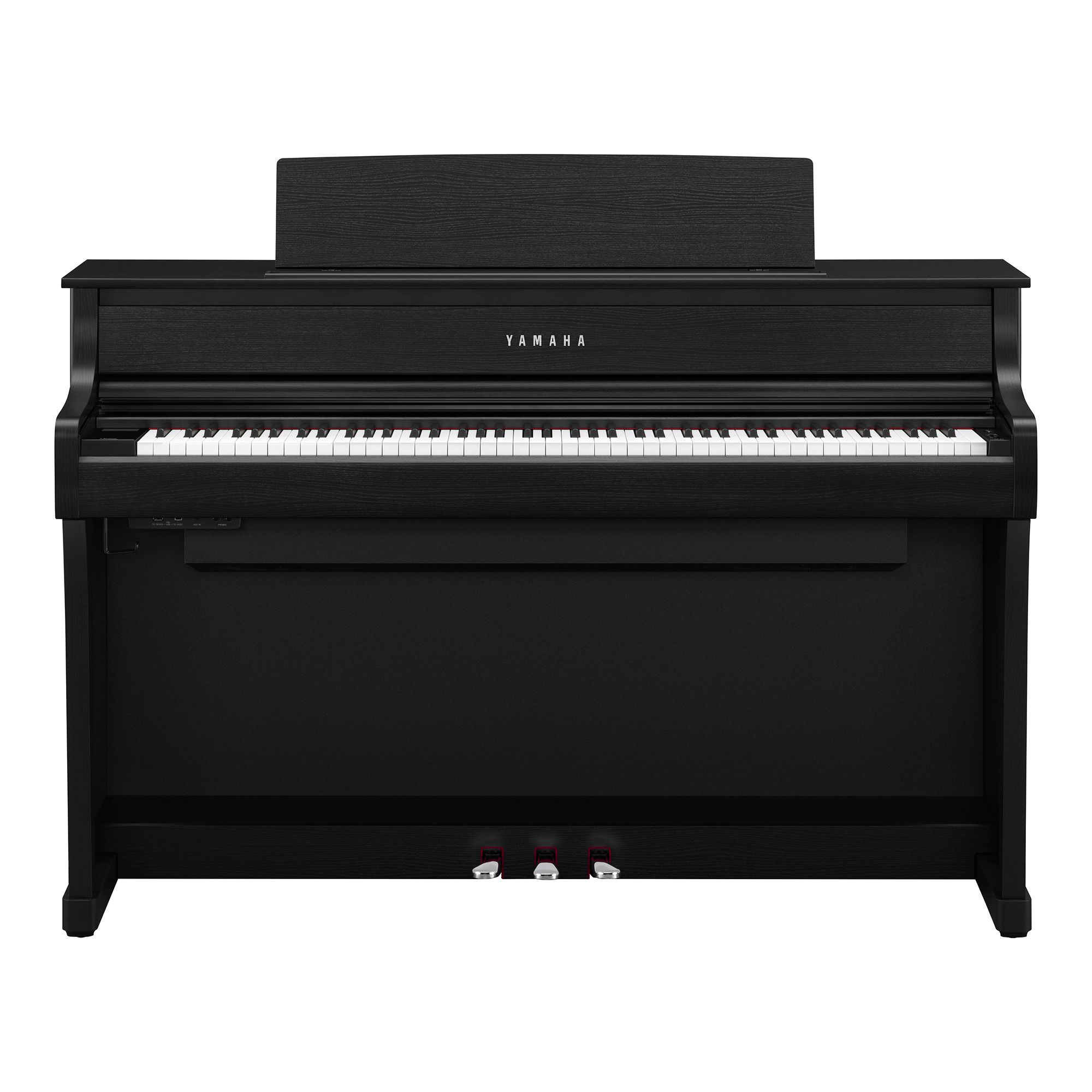
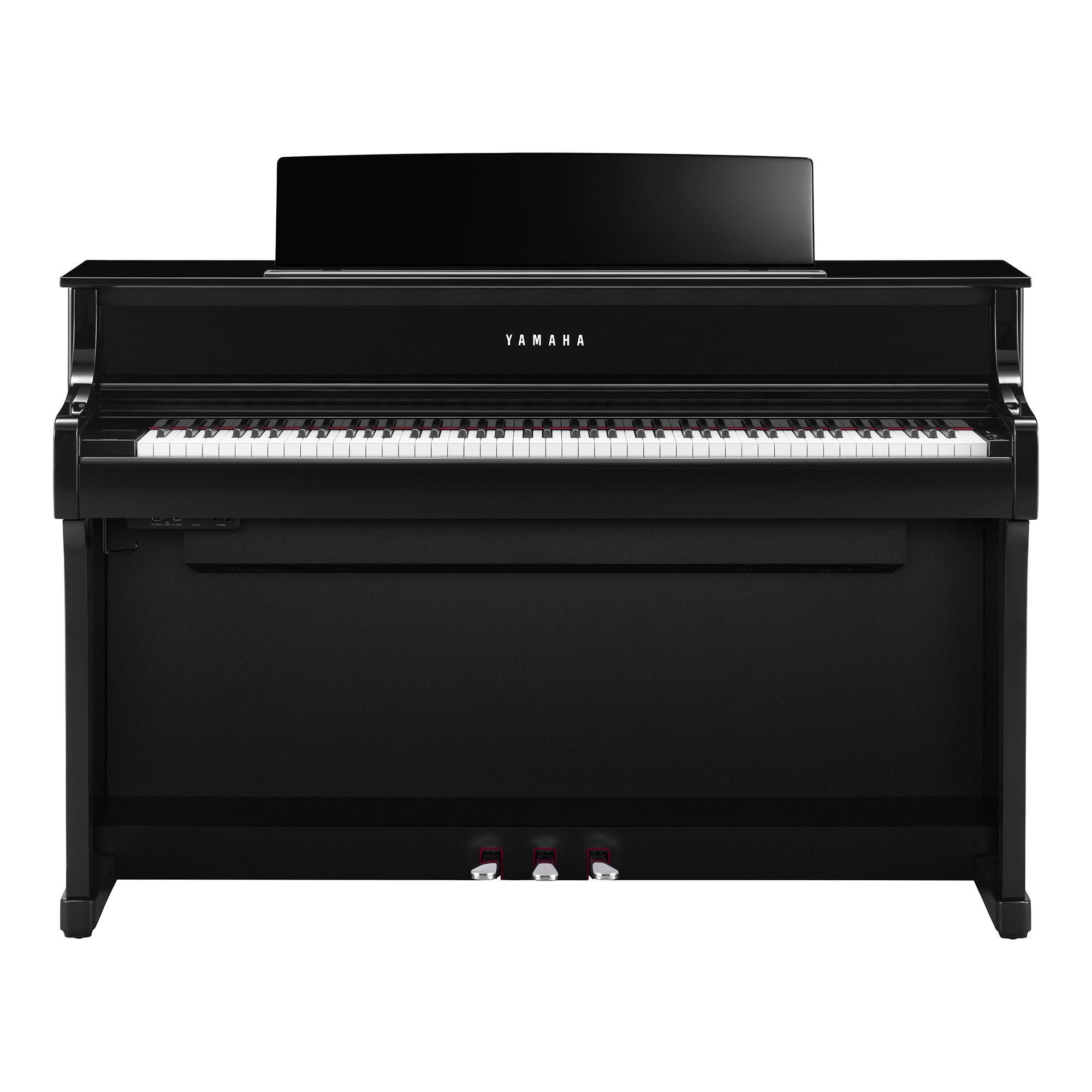
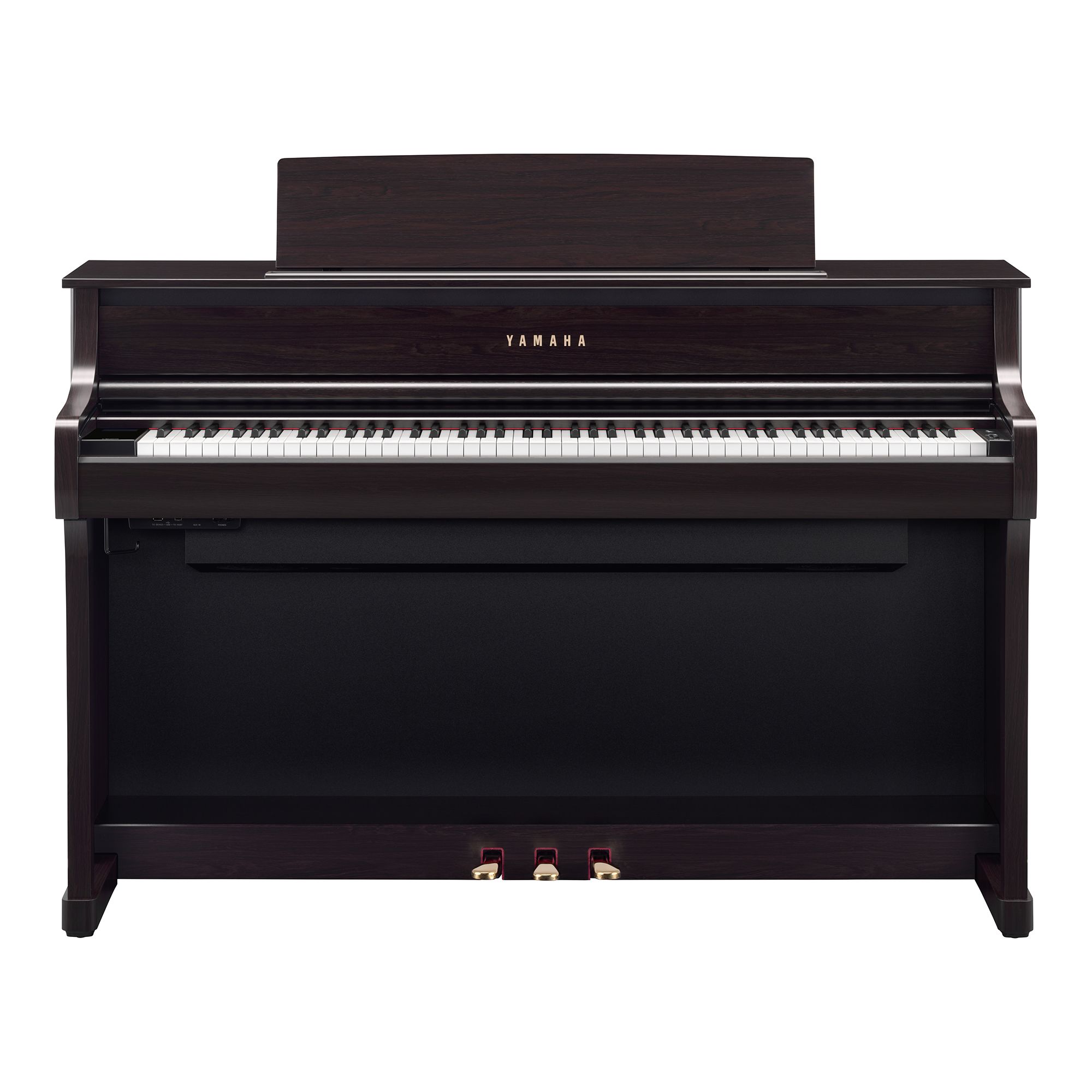
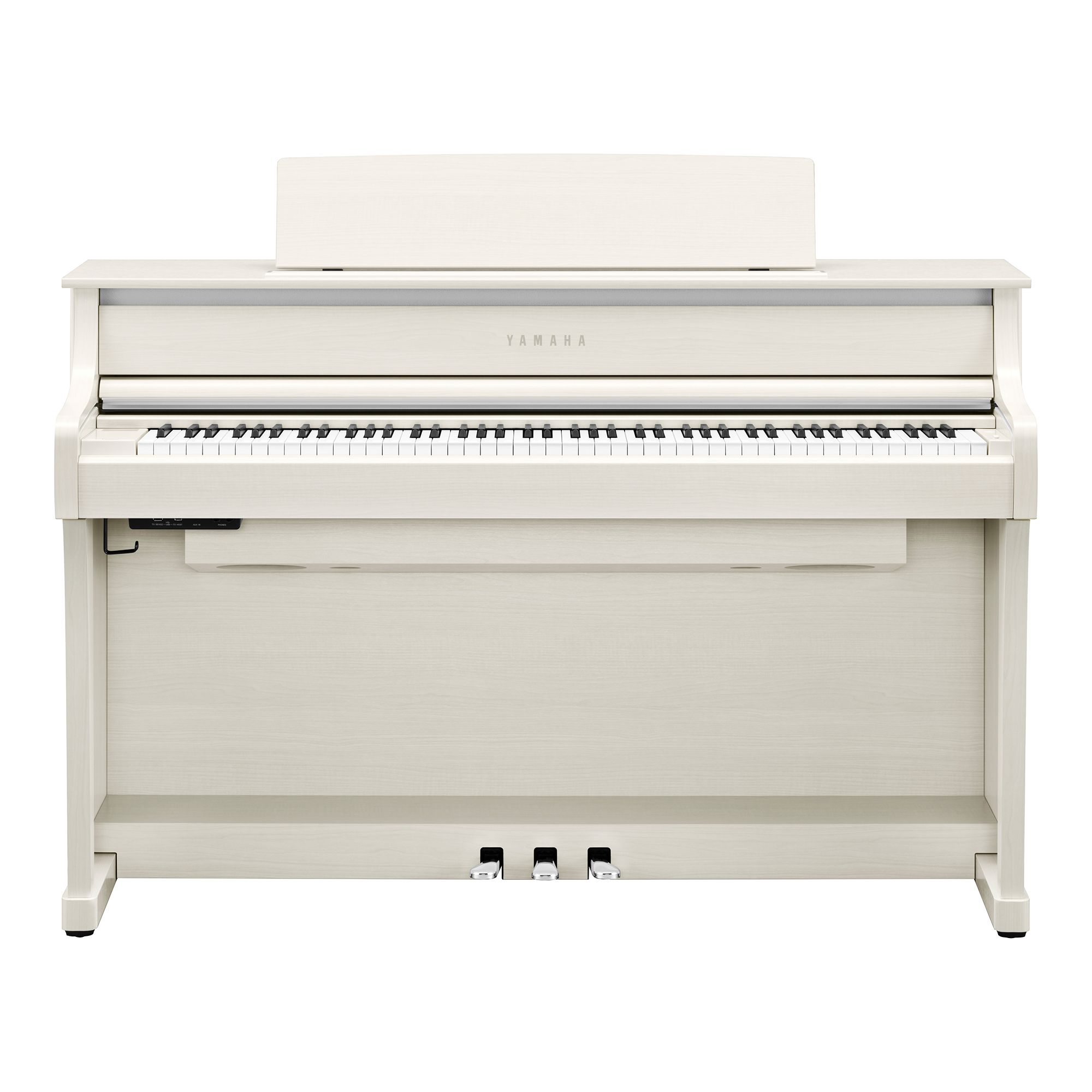
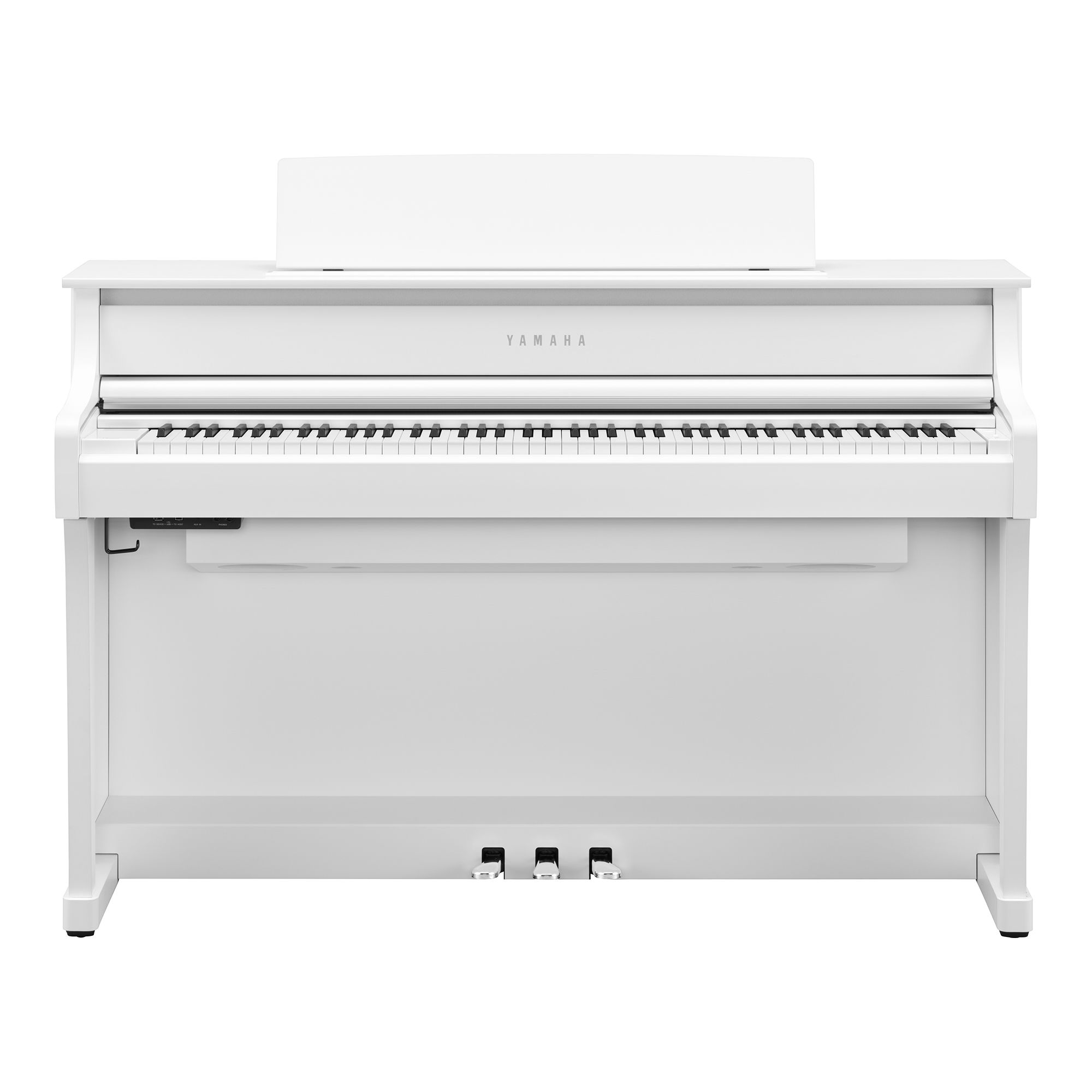
Responses & Questions